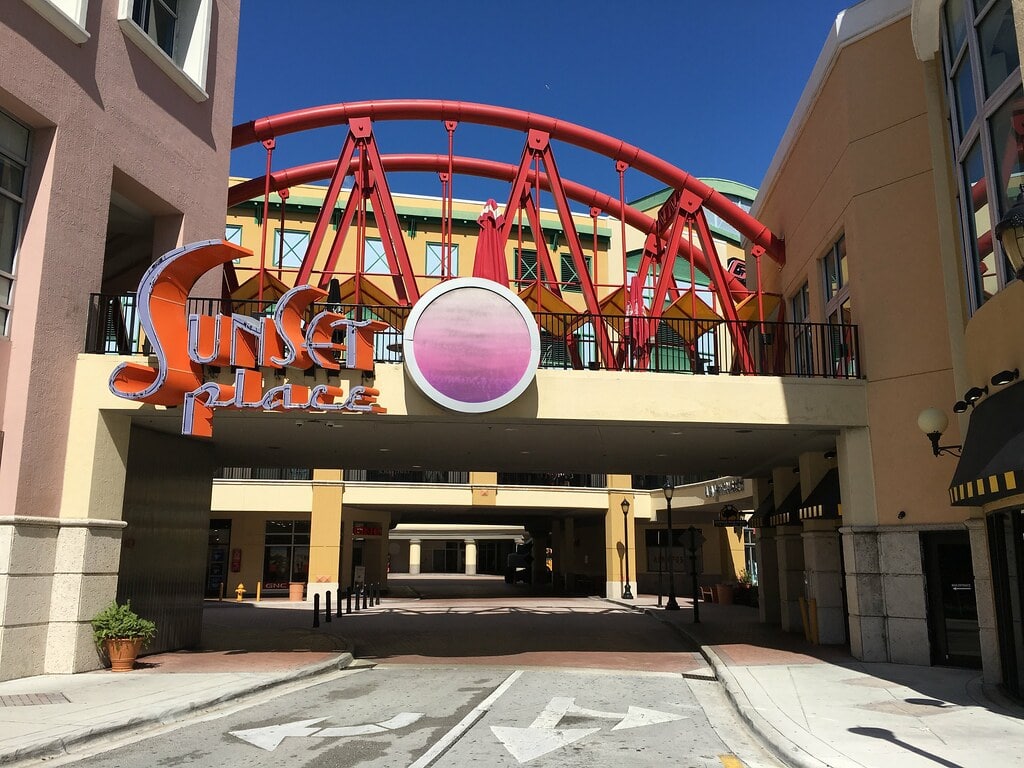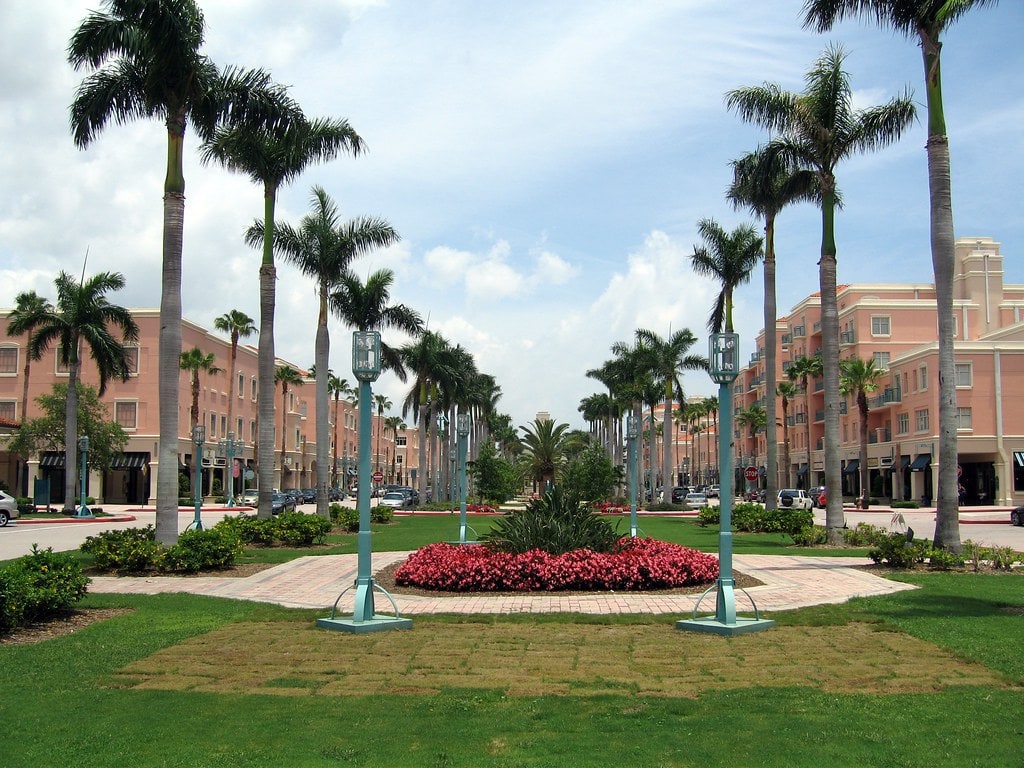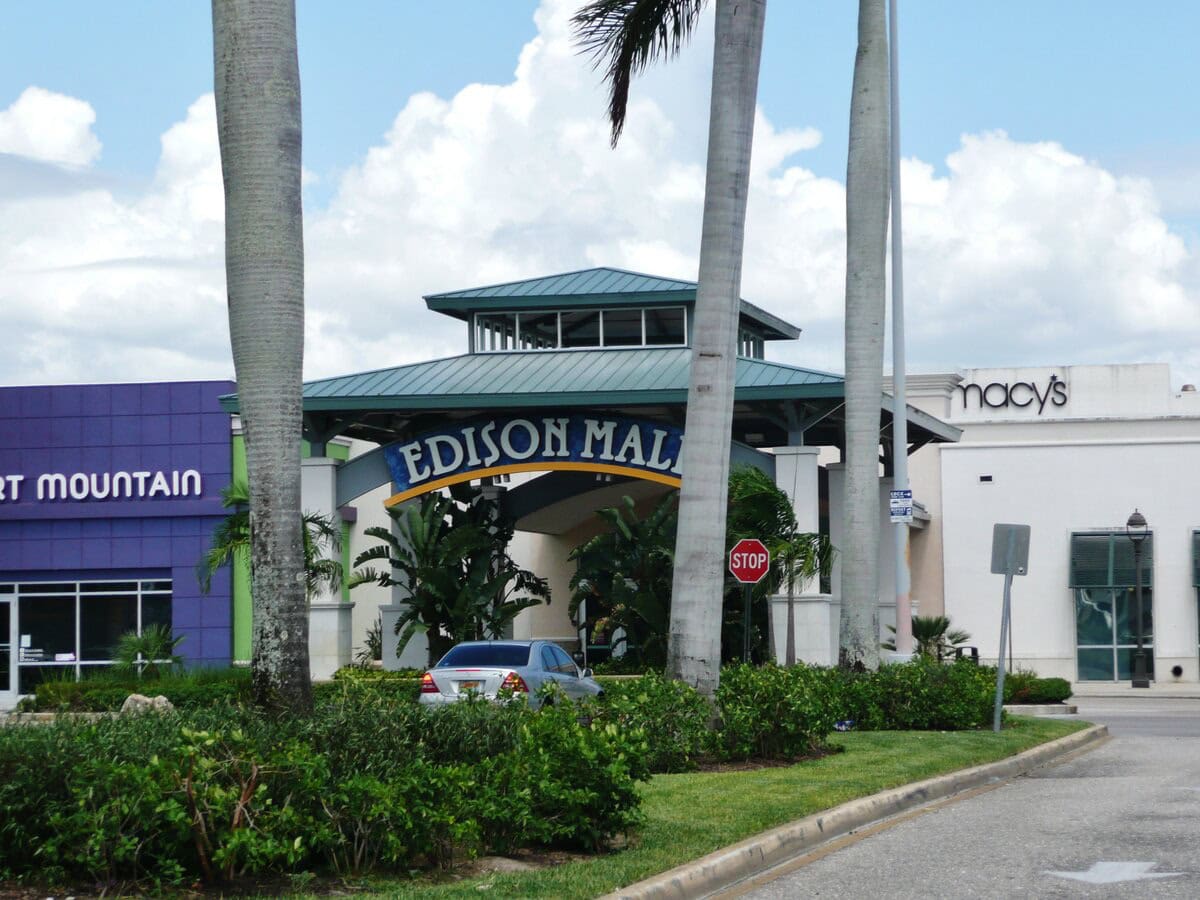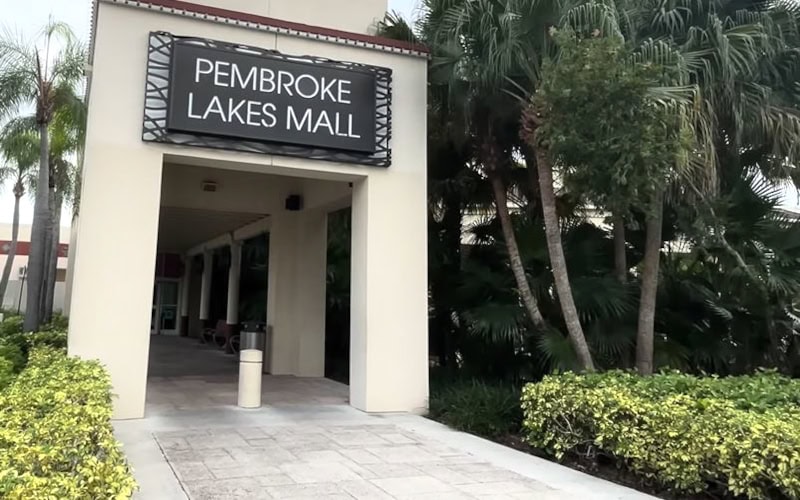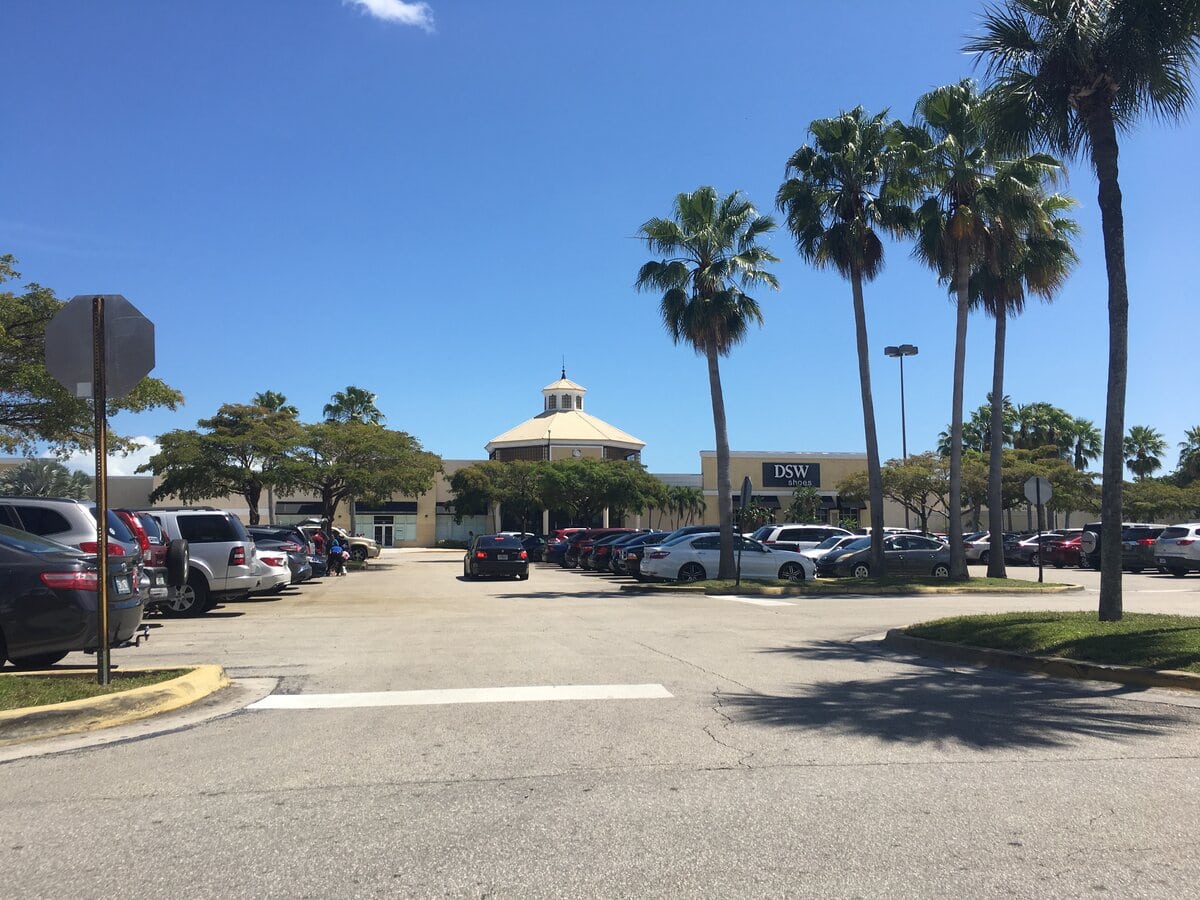Inception and Early Development (1956-1970s)
The Mall at 163rd Street kicked off grandly on November 1, 1956. Back then, it wasn't an enclosed space but a buzzing open-air shopping center.
Its main draw was Burdines, a department store designed by the famous Raymond Loewy, and soon after, it welcomed another anchor, Richard's.
The layout featured forty-nine other retail spots, making it a top destination in North Miami Beach, Florida.
Imagine stepping into a place lined with outlets like JCPenney, Food Fair (later Pantry Pride), M and M Cafeteria, Woolworth, and Walgreens. Each store added to the shopping allure, drawing in crowds from the surrounding areas.
Entertainment wasn't an afterthought here - far from it. The Wometco 163rd Street Theatre, an original outparcel, doubled in size by 1961 and became the 163rd Street & Patio Theater.
This place wasn't just about retail; it was about offering things to do in North Miami, FL.
If you were a kid back then, you probably remember the center court in front of Burdines.
It was full of kiddie rides surrounded by a train track. Families loved it, and the fun extended outside with a go-kart track in the north parking lot.
That track was a hit until 1964 when Hurricane Cleo rolled through and destroyed it. It never made a comeback, leaving only memories of adrenaline-filled laps.
In February 1971, the shopping scene at 163rd Street leveled up again.
This time, Jordan Marsh - a major name in department stores - opened a three-story location on the east wing. It was a pretty big deal for the mall and gave shoppers a fresh new reason to visit.
As the '70s rolled on, The Mall at 163rd Street had cemented itself as a go-to spot, brimming with both everyday essentials and unique experiences.
Transformation into an Enclosed Mall (1980-1982)
Between 1980 and October 1982, developers turned the once open-air shopping center into a fully climate-controlled enclosed mall.
Picture this: massive metal arches frame the main plaza where the shops line up, covered by a white, translucent Teflon-coated fiberglass. It gives the mall a futuristic look, something locals haven't seen before.
This wasn't just about enclosing the space - it was also a rebranding effort. The place took on its new identity as The Mall at 163rd Street, and people started calling the transformation "The Miracle on 163rd Street."
The old Richard's department store had closed its doors on January 11, 1980, but it wasn't left to gather dust. Developers reimagined it into a striking three-floor atrium.
The upper level turned into a bustling food court, while the lower level expanded Spec's Music into a new concept called Spec's Metro. It created a fresh vibe that appealed to a diverse group of shoppers, adding energy to the shopping experience.
By the time the makeover wrapped up in late 1982, it had cemented itself as a modern, climate-friendly shopping destination.
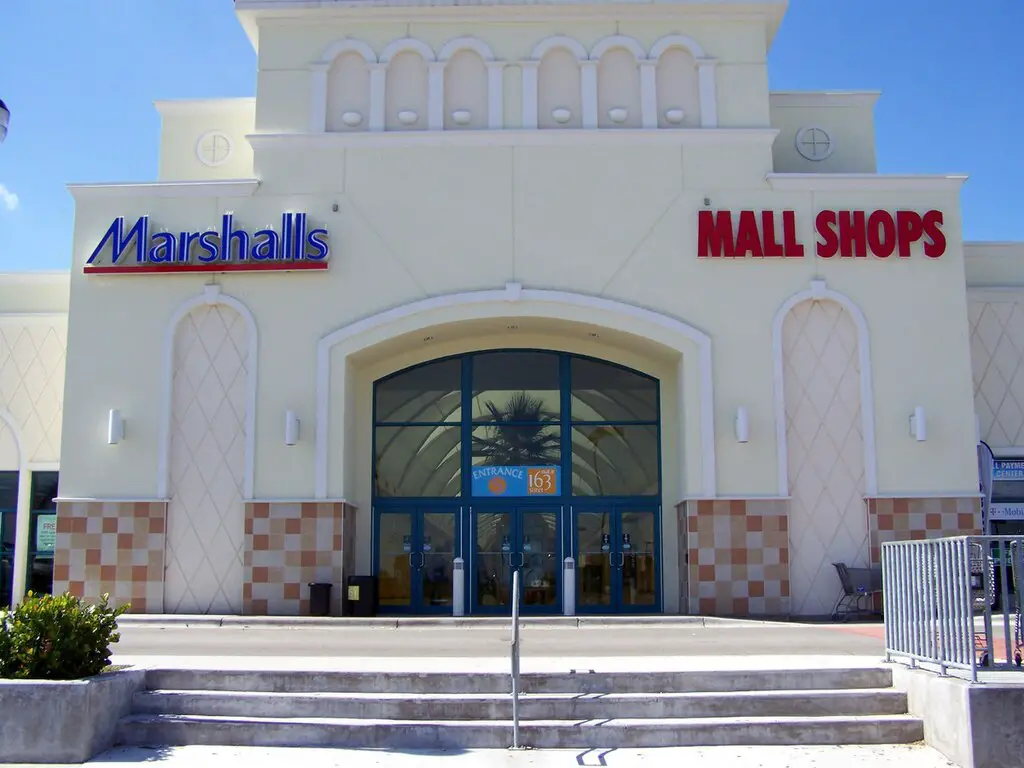
Competition and Decline (1983-1999)
Everything seemed on track until 1983 when Aventura Mall opened a few miles away. The new, luxurious shopping center drew in retailers and visitors, including The Mall at 163rd Street's long-time tenant, JCPenney. Once JCPenney moved, its old space had to be reworked.
The vacant anchor area was split into six smaller specialty stores, and the basement got a makeover into an Oshman's sporting goods store. The competition was fierce, and it changed the dynamics of retail in the area.
By 1984, more changes were on the way. Pantry Pride shut down, and Service Merchandise stepped in, taking over the space and even adding a new mall entrance. But this wasn't enough to stop the momentum shifting to Aventura Mall.
The original food court upstairs didn't see enough foot traffic and had to be relocated to the second floor. The third floor became a new Marshalls store, and a long escalator was installed to make it easier for shoppers to reach.
The 1990s were tough. Jordan Marsh closed in 1991, and Mervyn's filled the void for a while but couldn't last and shut down in 1995. When Burdines - the heart of the original mall - left in 1999 to set up shop at Aventura Mall, it marked a major downturn.
Vacancies popped up everywhere, and while Marshalls held on, many inline stores struggled to stay afloat. The era that began with so much promise was starting to show its cracks as new malls and changing shopping habits reshaped the retail landscape.
Redevelopment into a Power Center (1996-2005)
In the mid-1990s, The Mall at 163rd Street began a new chapter, shifting from a traditional mall format to a power center model.
The first major move happened in 1996 when developers cleared the old Wometco 163rd Street Theatre outparcel. They demolished the theater and made way for The Home Depot, a major big-box addition that fit perfectly with the new direction of the property.
The transformation didn't stop there. In October 2003, the mall underwent a drastic change. The owners tore down the Jordan Marsh building, the adjoining parking structure, and about one-third of the remaining enclosed mall.
In their place, a massive Wal-Mart Supercenter rose, officially opening in September 2005. This marked a major shift in the mall's character, as Wal-Mart became the anchor that would draw in shoppers looking for everyday deals and convenience.
Big-box stores continued to fill the gaps. Office Depot and Ross joined the lineup, adding to the new retail mix. The idea was to create a shopping destination that catered to people looking for practical purchases rather than a traditional mall experience.
In 2007, Steve & Barry's took over the upper level of the former Burdines space. The brand was known for affordable apparel, and its arrival brought some fresh energy - though it didn't last long. By 2009, Steve & Barry's had closed following a nationwide bankruptcy and liquidation.
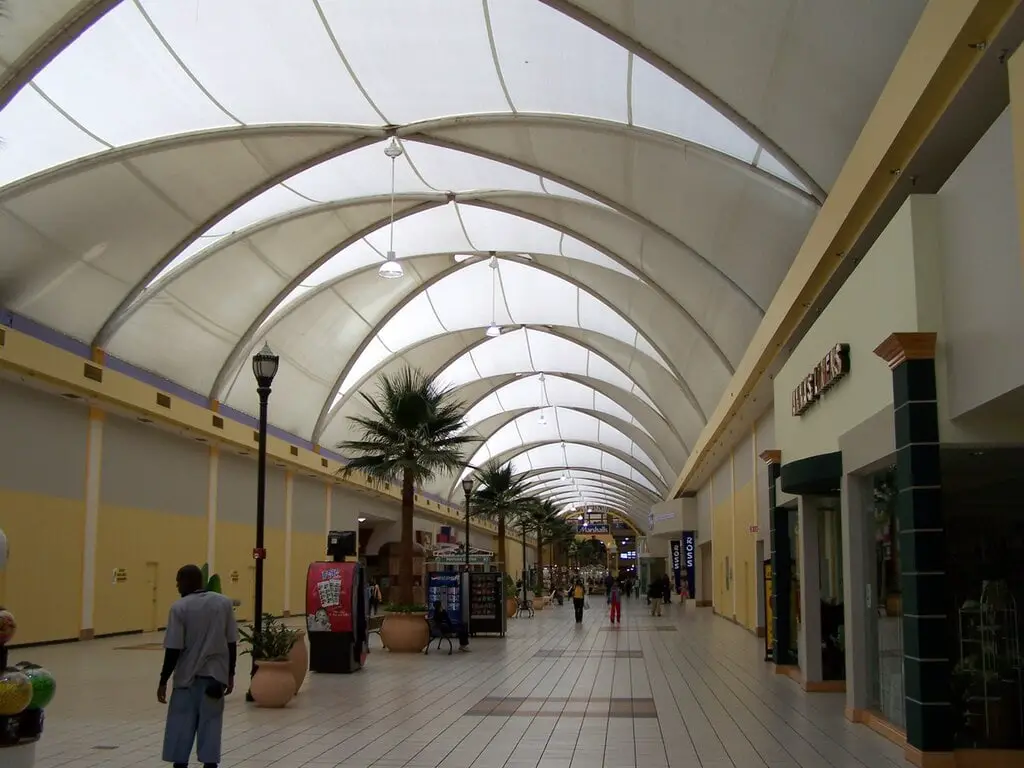
Recent Developments and Current Status (2007-2024)
The early 2010s brought more turnover. In 2015, Office Depot closed its doors, and a Halloween City pop-up store temporarily took over in 2017. These short-term tenants reflected a growing challenge: keeping retail spaces occupied.
Then, in 2019, Closeouts World opened, bringing deep discounts on department store apparel, shoes, and accessories. It added some retail variety but didn't solve the mall's broader challenges.
By 2021, even Marshalls decided to move out. They relocated down the street to a newer plaza, leaving behind another empty anchor spot. Given the chain's appeal and the foot traffic it drew, Marshalls' departure felt like a blow.
As the years rolled on, The Mall at 163rd Street seemed to be struggling to find its footing in a shifting retail world.
Acquisition and Redevelopment Plans
In March 2024, The Mall at 163rd Street entered a new era. A consortium of investors, including Taillard Capital, Tuesday Properties, Ark Ventures, and Strategic Capital Alliance, purchased the 24-acre property for $46 million. This bold move aimed to bring life back to the struggling shopping center, which had seen better days.
The proposed plans are ambitious. The owners announced a $150 million renovation project that aims to reimagine the entire space. Their blueprint includes turning parts of the mall into open-air shopping areas - a clear nod to Florida's sunny weather - and giving the food court a much-needed revival. But this isn't just about shops and eateries.
They're looking to integrate recreational facilities like pickleball and padel tennis courts, hoping to draw in a broader audience. There's even talk of mixed-use development, with residential units sitting above ground-level retail, bringing a new layer of activity to the mall.
At the time of acquisition, the mall sat mostly vacant, with around 85% of its retail spaces unoccupied. The new owners have taken an aggressive approach to filling these gaps.
The anchor tenants that have remained, like Ross Dress for Less and Foot Locker - offer a foundation, but the vision for the mall goes far beyond maintaining the status quo. The goal is to curate a diverse tenant mix that includes both familiar names and new, experiential concepts.
These redevelopment plans could transform the North Miami Beach community. By adding recreational facilities and lifestyle amenities, the new owners want to create a vibrant gathering place that offers more than just shopping.
They hope to build a destination that encourages social interaction, economic activity, and community engagement, setting a new standard for what a modern mall can be.

